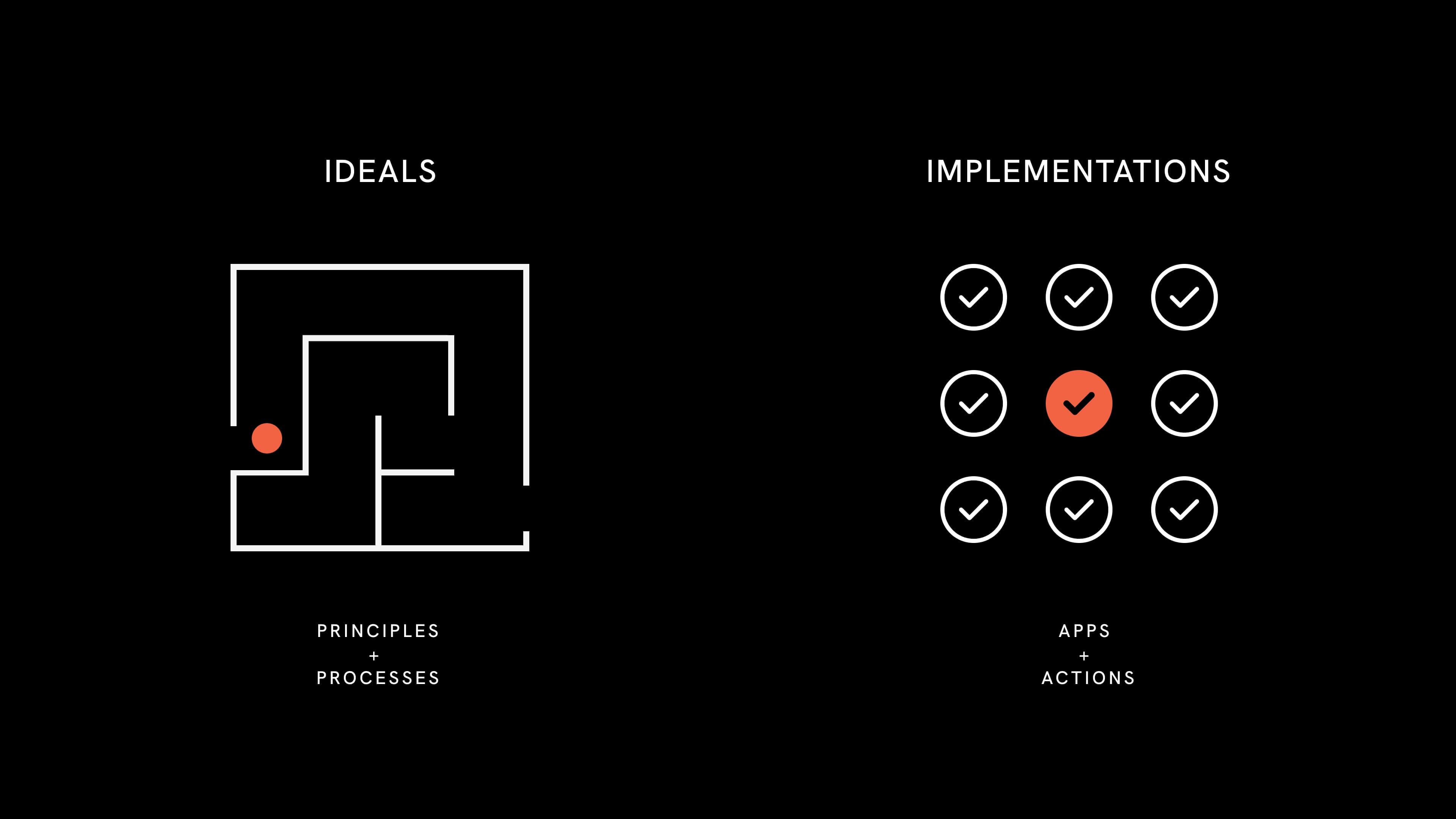Outsmarting your Default Bias: Choose Better, Boost Productivity

You’ve installed a brand-new app.
The number of settings and options makes your eyes glaze over. The thought of scrolling through each feature makes your brain hurt. So, what’s the path of least resistance? Accept the default settings.
Guess what?
That’s your Default Bias making an entrance. It’s the easy, less demanding route. But these readily available defaults may not sync or suit your unique needs.
In behavioural economics and cognitive psychology, the term “Default Bias” or “Status Quo Bias” refers to the human tendency to prefer the current state of affairs or the default option, even when change may be beneficial.
Let’s dive in:
An unseen roadblock
In apps, defaults cater to the ‘average’ user.
But what if ‘average’ is shortchanging your productivity potential and focus? By blindly accepting defaults, you surrender control over your workflow, attention, and daily routine to external influences.
If ignored, these default settings can escalate into a bloated inbox, constant notifications dings, and a social feed that’s more of distraction than enjoyment.
- Ever questioned why your social feed prioritises viral posts over the ones from who you follow?
- Or why do productivity gurus provide one free resource — only to bombard you with “exclusive, unbeatable, once-in-a-lifetime deal, ending soon” emails for the 30 days? Do you unsubscribe or just archive, delete or ignore? Which is less effort.
- Or have you thought about how your brain has to switch into different modes of thinking each time you use a different app.
Default Bias is not trapped inside your phone
Like a hungry bear roaming a campsite, it walks its muddy paw prints into your work routine, the advice you accept, and the goals you chase.
- Food Choices: If a burger automatically comes with fries, you might be more likely to stick with the fries even if you can switch to a salad or another side.
- Transport: You might automatically take your car for travel, even when public transport, walking could be healthier, cheaper, and more eco-friendly options.
- Grocery Shopping: You might buy the same brands every time you shop. Even if there are cheaper or better-quality options, the default is to stick with what you know.
- Clothing Choices: You might have a few “default” outfits or style that you wear most of the time, even if you have a closet full of different clothes.
The human mind has a natural gravitation towards default options and a resistance towards deviating from them, even when better alternatives may exist.
Switching requires an active decision.
Let’s be clear, this isn’t just about a bursting email inbox or a poorly-configured app.
It’s about squandered hours, fractured focus, and overlooked opportunities. It’s about not leading a life dictated by defaults. We need ownership, autonomy, and intention to steer where you want to go.
Challenging Defaults with Ideals and Implementations
Here’s a method to approach Default Bias from high-level to zoomed-in focus.
The goal is to challenge our biases and make intentional decisions. This fires up our prefrontal cortex — the command centre for decision-making in the brain.
Ideals: Principles and Processes
Focus on internal principles and processes that guide your productivity.
Identify Your Defaults: Start by recognising your productivity rhythms and preferences.
- Time of Day: Are you more productive in the morning, afternoon, or night? Do you typically follow a 9-5 schedule simply because it’s the standard, even though you might be more alert at dawn or dusk?
- Work Patterns: Do you prefer long, uninterrupted blocks of work or shorter, more frequent bursts of productivity? Have you defaulted to one pattern without considering the other? –
- Communication Style: Do you find specific types of communication (emails, meetings, calls) more draining or distracting than others? Have you explored alternatives?
Explore Alternatives: Once you’ve identified your defaults, consider alternatives that better align with your productive rhythms and preferences. This could mean:
- Adjusting Work Hours: If you’re a night owl forced into a morning lark schedule, consider shifting your work hours to align with your peak productivity times.
- Experimenting with Work Patterns: If you’ve always worked in one particular way, try out other patterns. For example, you might experiment with batching tasks by mental modes instead of by topic.
- Rethinking Communication: If emails are distracting, consider checking at set times each day. If meetings are exhausting, explore asynchronous communication methods.
Implementations: Apps and Actions
Make adjustments to specific apps and actions based on your “Ideals”.
Challenge Your Defaults: Examine how your current app settings and behaviours align (or don’t align) with your ideals.
- Notifications: Are they interrupting your peak productivity times? Consider adjusting the settings to limit disturbances.
- Email: If you’ve decided to batch your emails based on your communication preferences, adjust your email app settings to support this.
- Meetings: Are meetings interrupting your deep work periods? Could scheduling them at a different time help?
Confronting Default Bias is not about the perfect choice but the conscious one.
It’s about steering the car in the direction. So, start now. Identify one default setting in your life and challenge it. You’ve got this!
All Articles